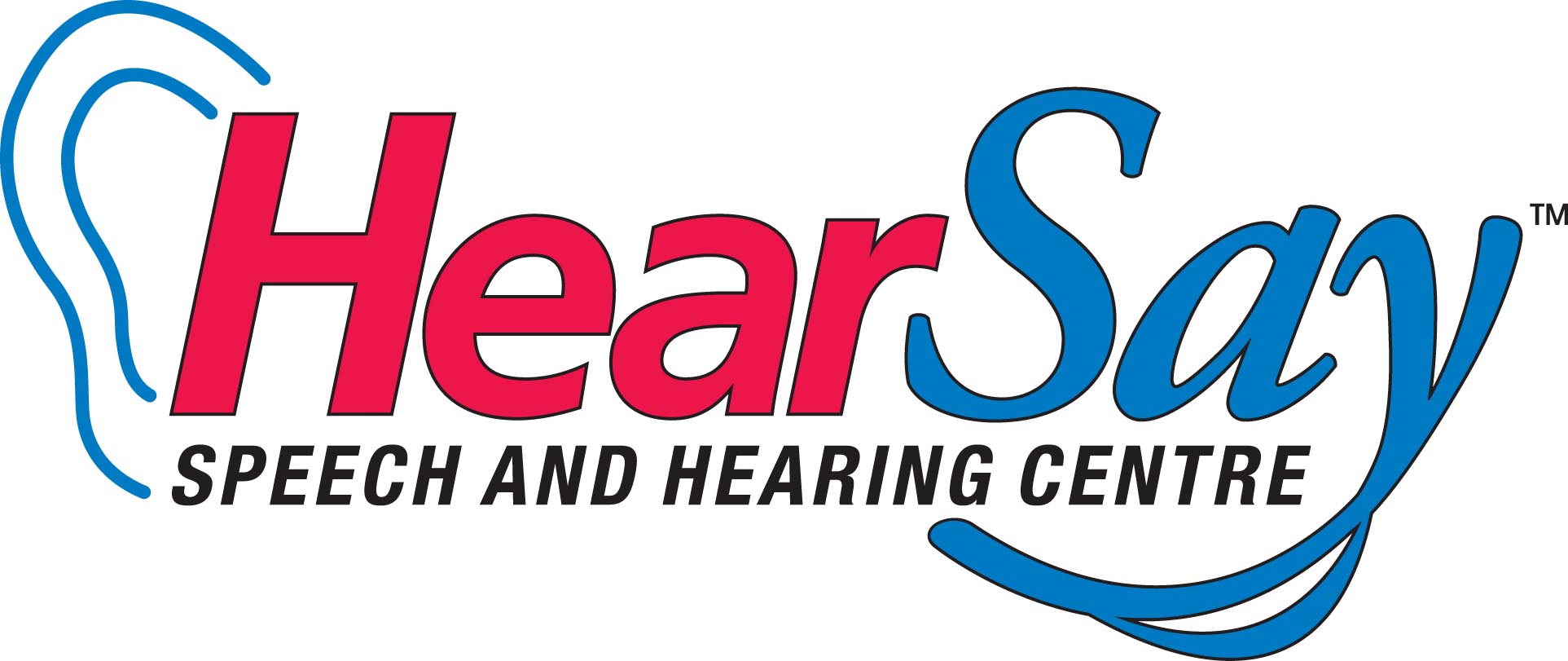HearSay embraces the concept that variability in human brain function is natural. Every person is uniquely individual with strengths and needs that we strive to understand, accept, support and accommodate. Our mission is to partner with children and families to develop skills and strategies for improved participation in areas of communication, speech, language, literacy, social skills, and sensory & emotional regulation. We do not approach therapy with the goal of conforming to neurotypical behaviour, rather we work at building positive relationships so that each child and family can achieve confidence, self-esteem and self-worth.
Apraxia
A motor planning and sequencing disorder which affects the ability to plan and execute the precise movements necessary for clear and coordinated speech. Those with apraxia of speech may have difficulty forming and sequencing sounds consistently.
Auditory Processing Disorder (APD)
Involves difficulty listening in noise and attending to tasks, often distracted and lose focus in conversations. APD is often associated with reading difficulties, sound awareness and often co-occurs with attention deficit (ADHD). There are several sub-classifications which include phonemic decoding (DEC), tolerance fading memory (TFM), organizational skills (ORG) and integration difficulties (INT). A listening dominance in one ear over the other can often be seen which is known as ‘amblyaudia’ which affects localization of sound despite having normal hearing.
Auditory-Verbal Therapy (AVT)
A method for teaching those with hearing loss through the use of technology (hearing aids or cochlear implants) to build residual hearing to listen and use spoken language.
Articulation/Speech Sound Clarity
A method for teaching those with hearing loss through the use of technology (hearing aids or cochlear implants) to build residual hearing to listen and use spoken language.
Dysfluency/Stuttering
Stuttering is characterized by interruptions in the flow of speech, such as repetitions of sounds or words, prolonged sounds, or blocks where speech stops temporarily. Individuals who stutter may experience frustration or anxiety when speaking. There are many strategies that can be used to create smoothness of speech and fluent productions to build confidence in communication.
Early Language Delay
Children with early language delay may have difficulty expressing themselves verbally or understanding others, and early intervention can be highly effective in facilitating language development . Parent coaching is essential in teaching strategies to encourage language and communication.
Expressive Language Delay
An expressive language delay is the struggle to formulate thoughts into words and sentences to convey ideas and needs. Children with expressive language delay may struggle to express themselves verbally, which can result in frustration and communication challenges. This may include grammar errors, lack of vocabulary, and/or descriptors, poor sentence structures, and/or difficulty with sequencing and story tell/retell.
Literacy
Reading difficulties occur when a person has trouble reading words or understanding what they read. The term ‘Specific Learning Disability’ is often used to denote a severe reading disorder (i.e., Dyslexia) which may include challenges with decoding words, encoding/spelling, and written language as well as reading comprehension.
Motor Speech Delays
Difficulties in coordinating the fine motor movements needed for speech production. This involves the precise movements of tongue, lips, mouth, and jaw. It can also impact prosody, voice and airflow/breath support needed to sustain speech. Those with motor speech delays struggle with sound production and clarity.
Neurodiversity Affirming Therapy
An approach that recognizes and respects the natural variations in brain functioning and resulting behaviour among individuals.
Phonemic Awareness
Children with phonemic awareness difficulties may struggle with tasks such as rhyming, segmenting words into sounds, or blending sounds to form words which can impact their early literacy development.
Receptive Language Delay
Lack of ability to understand spoken language, including following instructions, comprehending stories, or grasping the meaning of words and sentences. Those with receptive language delays have difficulty understanding both spoken and written language as well as gestural language.
Voice & Resonance Disorders
These can result from too much or too little nasal and/or oral airflow in the speech signal and stem from structural or functional causes. This can affect voice quality, pitch, loudness or the way sound resonates in the vocal tract AND can be the result of vocal nodules, polyps OR vocal cord weakness. Those with voice and resonance disorders may experience hoarseness, nasal speech, or other abnormalities in their voice production.
